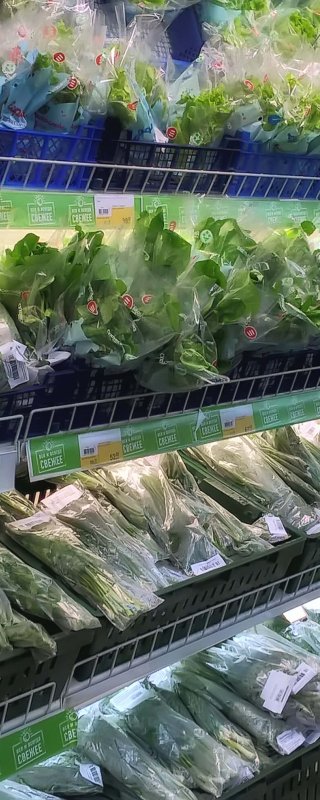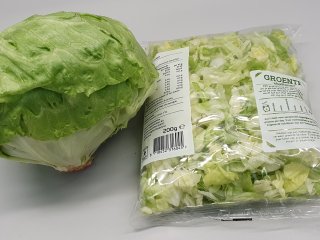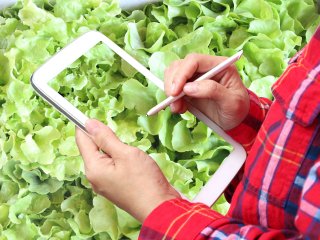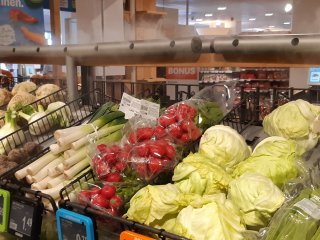
Retail practices for lettuce
Improved retail practices can lead to a higher quality of whole lettuces and fresh-cut lettuce, and improve customer satisfaction. For the highest freshness on the shelf and to minimize waste, 'first-in first-out' management may be the best strategy. However, quality inspections may lead to other decisions. The staff must be well trained in handling the different types of fresh produce. They must realize that fresh products are very susceptible to handling damage and to unfavourable conditions such as too low or too high temperature.

Many different lettuce types
It is possible to define two categories of lettuce according to their shape when consumers purchase them, namely head lettuce and looseleaf lettuce. Some common types of head lettuce are: iceberg (or crisphead), butterhead and romaine lettuce. Some types of looseleaf lettuce are rucola, corn salad and baby leaves. Baby leaves are small young leaves, often marketed as a mixture of greens (salad mix). The salad mix can contain a range of different types and varieties with various leaf shapes and colour. Examples are red and green oak leaves, watercress and lamb’s lettuce. They are often sold in bags under Modified Atmosphere (MA) and must be displayed refrigerated.



